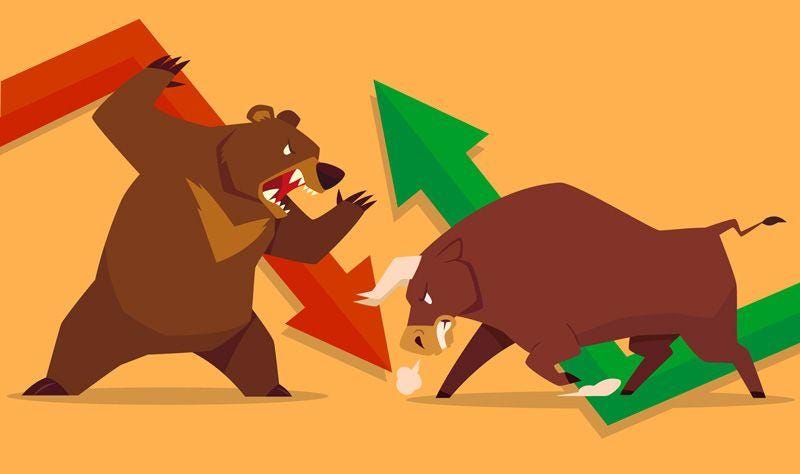I Became a Disciplined Investor Over 40 Years. The Virus Broke Me In 40 Days.I’ve survived — and even prospered through — four stock-market crashes. But nothing prepared me for this.It’s Thursday morning, March 19 — four weeks into the coronavirus crash of 2020. The Dow Jones industrial average has opened down another 700 points, after plunging below 20,000 a day before. It’s down 30 percent in a month, the steepest drop ever, even worse than during the Great Depression.
The fall has been nauseating. Yet I know this is a time to be buying stocks based on rules I’ve developed over decades of investing. But in order to do that, I have to log on to my brokerage account. When I do, the first number I’ll see is the current market value of my portfolio.
Isolated at a farmhouse in rural New York, surrounded by wilderness, I haven’t looked in days. I don’t want to look now.
I decide I’d better check the weather forecast instead. And then there’s email to catch up on. An hour later, I’ve done nothing.
...
Over the first weekend in March, headlines were all about the explosive spread of the virus in Italy. Photos of deserted piazzas drove home the gravity of the situation. What had seemed a distant threat now seemed close to home.
If that weren’t bad enough, Russia and Saudi Arabia decided to launch an oil price war just as demand was collapsing. Oil prices plummeted, dragging down the entire energy sector.
I expected it would be a bad Monday in the markets, but it was even worse. Circuit breakers kicked in to halt chaotic trading. The S&P closed down that day by 7 percent, the biggest drop since Black Monday in 1987.
I summoned the nerve to look at my brokerage account. I was shocked: The stock portion was down far more than the broad U.S. market averages. My international stock index fund was down 20 percent from its February peak, and the emerging markets fund had lost a quarter of its value.
I thought back to my experience 33 years earlier, when I’d panicked at the headlines in Strasbourg. I tried to remind myself that short-term volatility aside, the long-term trajectory of the market has always been up. When the market goes down, it’s time to think about buying more stocks — a time that came much sooner than I’d hoped or expected.
On Thursday, March 12, after President Trump banned most air travel between the United States and continental Europe, and after economies around the world started shutting down, the carnage in the stock market was even worse than Monday. The S&P dropped 10 percent, leaving it 27 percent below its peak a few weeks earlier.
...
Having skipped the 20 percent buying “opportunity,” I knew it was time to step up. But I wasn’t going to do it on a day the markets had been in free fall. And in any event, I was back to avoiding my brokerage’s website.
The next day the stock market jumped higher. I felt a strong temptation to buy, gripped by the notion that the worst might be over. I worried I was missing the bottom by again failing to act on my strategy. But the 30 percent window had closed, and I reminded myself that my rule is never to buy on an up day.
The next day brought what seemed like good news: New infections in China had dropped to zero. Even so, that morning markets sank, again triggering my 30 percent buying target. This time I was determined to act.
And yet I dawdled. I checked the news, the weather, my emails. I told myself this was absurd. Whether I looked or not, my portfolio value was what it was.
https://nyti.ms/3dwrgRG 
























